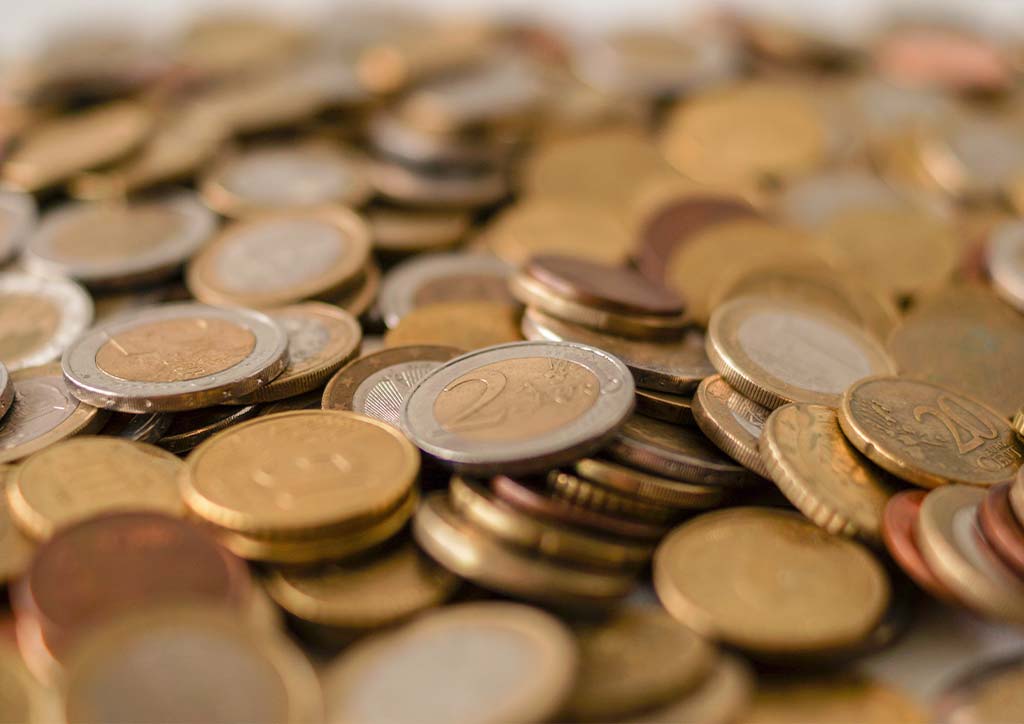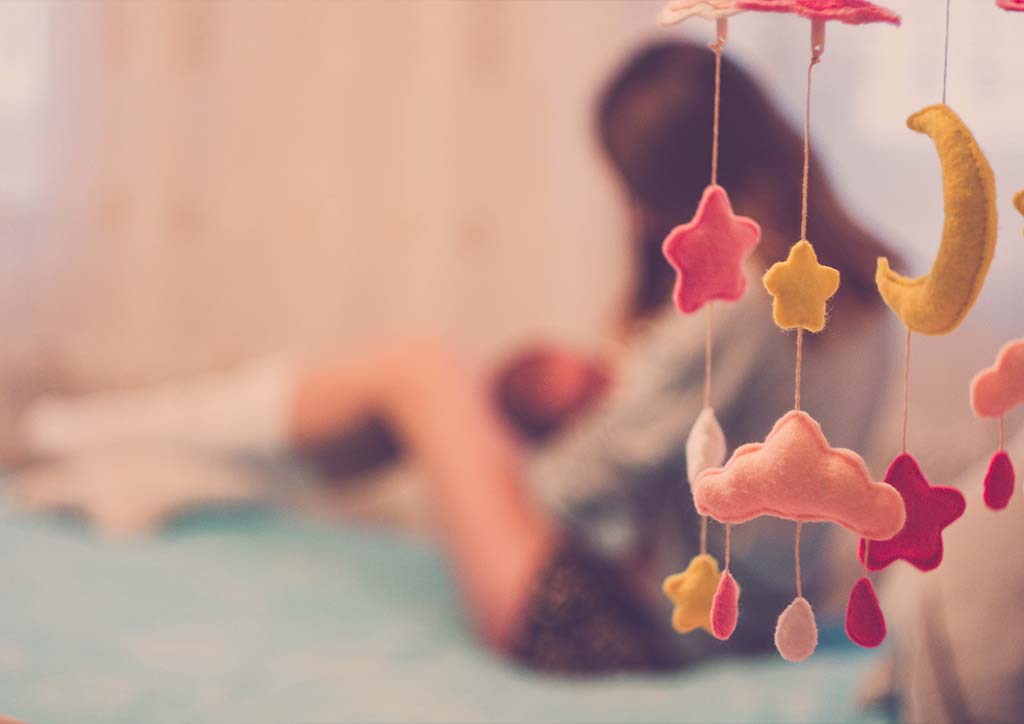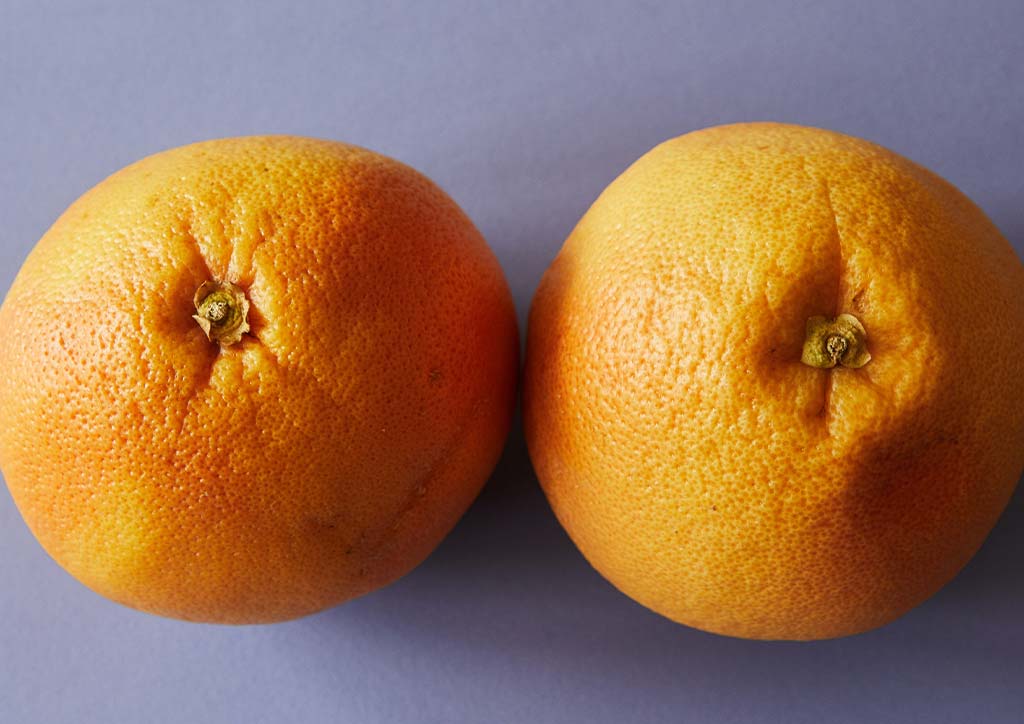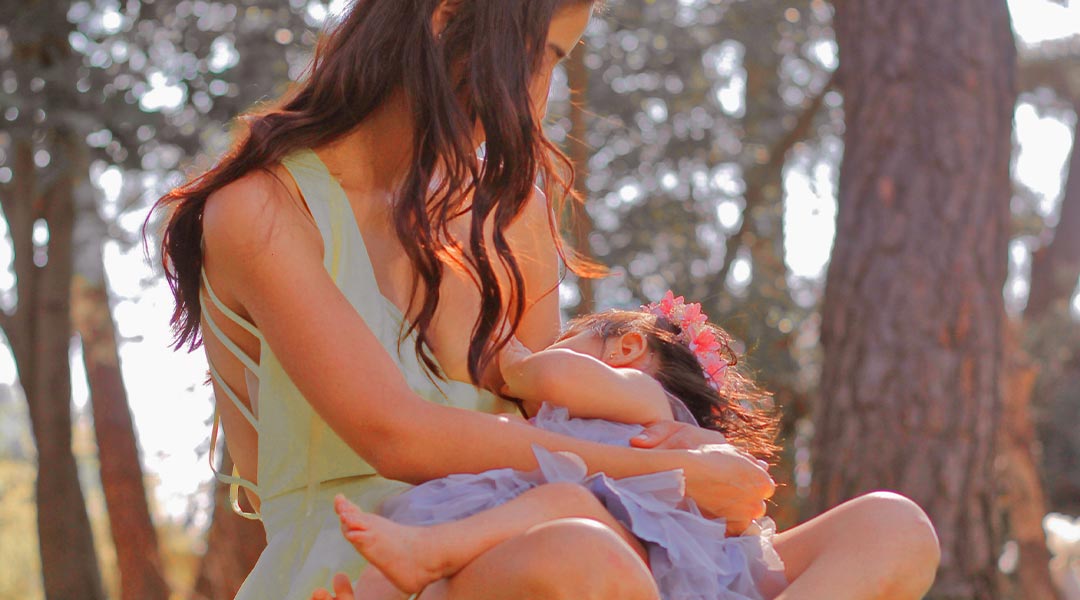10 Interesting Fun Facts About Breastfeeding Moms and Dads Need To Know
We all know the scientific reasons why breastfeeding’s important. But here’s some fun facts about breastfeeding that might catch your fancy.
We’ve always heard World Health Organization (WHO) remind new moms to continue breastfeeding their babies for up to two years. There are the usual fancy scientific reasons like antibodies, less prone to certain diseases, increases bond between the mother and baby, etc. But we wonder how people perceived breastfeeding before and what led to that. So, here are some fun facts about breastfeeding to break the boredom.
1. The richer the country = less breastfeeding

One sad fun fact about breastfeeding: richer countries like the United States and the United Kingdom have moms breastfeeding less than usual. Some say it’s because of the fast pace of work and how certain work cultures are not accepting of breastfeeding. Do they still feed their babies breast milk though? Women in those countries are more often seen using a breast pump and feeding through a bottle to juggle both work and baby.
2. Some body builders drink breast milk…

Apparently, some men a few years back wondered if breast milk would work on them the same way it worked on babies. Though it does, to a certain degree, especially since breast milk has around 200 molecules of sugar to help these bodybuilders power through their workout. Some probably got the idea from the movie, Mad Max: Fury Road. One of the characters, Rictus Erectus, chugs breastmilk like a gas guzzler and plays it out that breastmilk is the reason why he’s so muscular.
3. Usual average breastfeeding session lasts between 20-45 mins.

The time spent kind of depends mostly on how long it takes for the baby to latch on and if they can smell the milk. Mothers who don’t produce much breastmilk have to really force themselves to breastfeed in hopes of getting their babies to latch on. But for moms who give out a lot, their breastfeeding sessions can last as much as 45 minutes or depending on how big their baby’s appetite is.
4. Each breast functions independently. One might have more milk than the other!

An interesting fun fact when it comes to breastfeeding — we often think they’ll follow each other in size and function but in reality, they don’t! You’ll notice this also when one shrinks to normal size and the other one starts getting big and sags. What some doctors recommend is to pump from the breast opposite from where your baby is breastfeeding to at least try and control the size for the sake of vanity.
5. Usually, the right breast makes more milk than the left.

Based on a journal of Breastfeeding Medicine, there was a study that proved that 3 out of 4 women had their right breast making more milk than their left. Some say it’s because of the Law of Supply and Demand. If your baby prefers the right, the right will make more milk than the left. To even out the production, doctors would recommend pumping the breast your baby doesn’t normally feed on.
6. Babies can only see 15-18 inches away which is the distance between the mom and baby while being breastfed.

A more scientific but interesting fun fact about breastfeeding involving babies and their limited visual range. Babies don’t really have a well-developed vision yet which is why they’re very reliant on their other senses. While their peripheral vision (they can see side to side) is good, their central vision isn’t. Besides, babies are just drinking milk from mom. They’re not driving yet anyway. They won’t need to see 10 meters in front of them!
7. Kids who breastfeed from the same woman are called milk siblings and legally have the same standing in some countries.

Many years back, people back then created something called milk kinships to help establish alliances between political families. Like, two princes will nurse from the same wet nurse or mom to solidify the alliance. Back then, clans saw it better as it had less drama than having people marrying each other left and right. Some even said that even being milk siblings was almost the same as blood relatives that two people couldn’t marry if they were milk siblings.
8. Cup size does not dictate milk amount!

Just because someone has a double-D for breasts doesn’t mean she’s lagging large amounts of milk. But it does mean she has a lot of cells, tissue, and fat deposits there. What usually dictates how much milk a woman produces is how much prolactin — the hormone responsible — she has along with some other hormones that will balance and dictate storage and amount.
9. Christianity depicts breastfeeding as “divine love”.

We’ve probably seen a lot of old paintings of the Virgin Mary breastfeeding baby Jesus. While some might be scandalized by the appearance of breastfeeding, many artists and religious scholars years ago considered it a “divine form of love”. In fact, Pope Francis would encourage mothers to nurse their children in the Sistine Chapel and not to worry what others think because children are the most important people there.
10. Breastfed babies are smarter than non-breastfed ones!

Based on studies, breastfed babies are smarter than non-breastfed ones because of the amount of vitamins and minerals in them. But it’s also because breast milk is loaded with sugar which is a common energy currency needed by your body. With more sugar running through their system, their brains are quicker to develop and babies won’t go into ketosis which does more harm for them than help.
The more fun facts you know about breastfeeding!
A little more fun facts about breastfeeding would never hurt, considering that it tells a lot about people and their approach to breastfeeding. And especially now during the pandemic, mothers are more encouraged to breastfeed their babies to make sure they get the antibodies which definitely helps if the mom herself got vaccinated. And if you’re having difficulty, not to worry — there are clothes, pumps, and bras to help make it easier!
Pretty interesting facts about breastfeeding huh? Celebrate World Breastfeeding Week with us by reading more articles about it:
My Breastfeeding Journey: Why it’s sweeter the second time around
This Is What Breastfeeding Looks like Around the World
7 Best Breast Pumps Based On Your Needs









